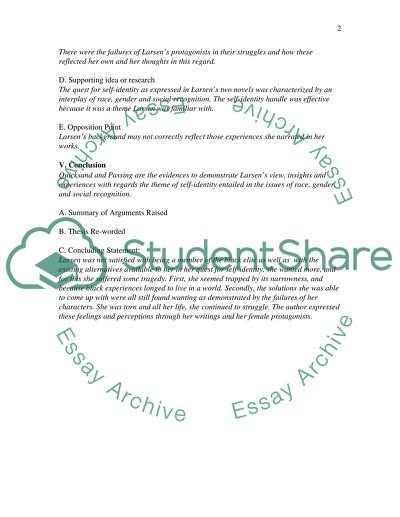Cite this document
(“American Literature Nella Larsen Research Paper”, n.d.)
Retrieved from https://studentshare.org/family-consumer-science/1408402-american-literature-nella-larsen
Retrieved from https://studentshare.org/family-consumer-science/1408402-american-literature-nella-larsen
(American Literature Nella Larsen Research Paper)
https://studentshare.org/family-consumer-science/1408402-american-literature-nella-larsen.
https://studentshare.org/family-consumer-science/1408402-american-literature-nella-larsen.
“American Literature Nella Larsen Research Paper”, n.d. https://studentshare.org/family-consumer-science/1408402-american-literature-nella-larsen.


